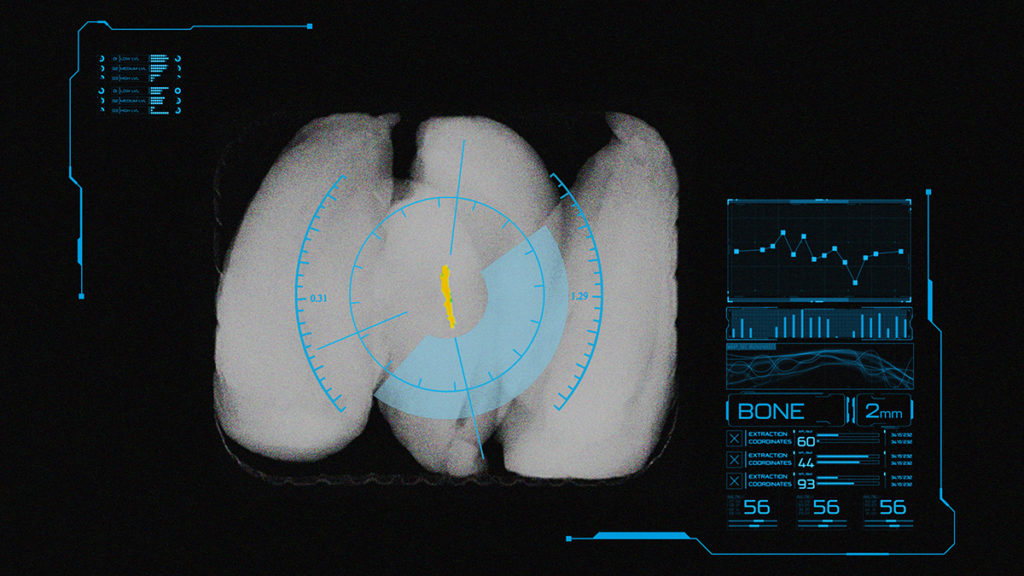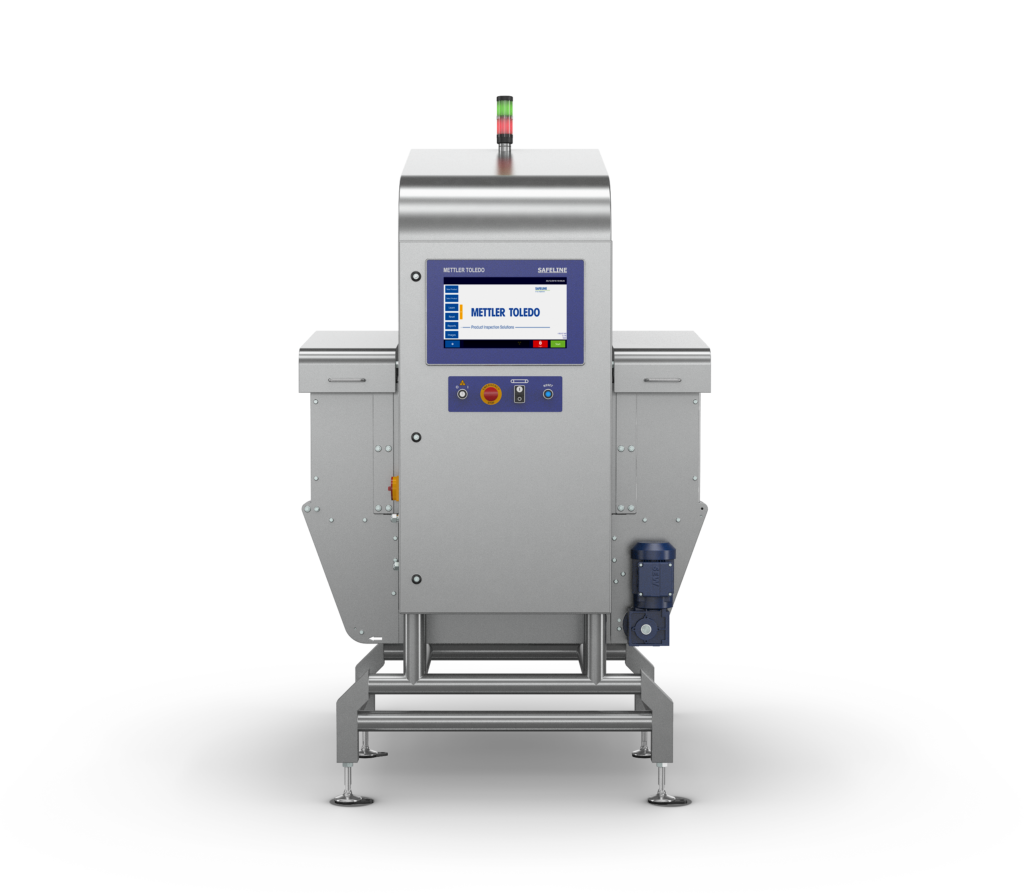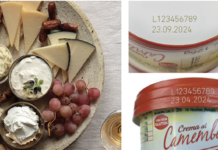
METTLER-Toledo Product Inspection has launched what the manufacturer describes as its ‘most advanced’ X-ray inspection technology to date, boosting the ability to detect low density contaminants in packaged food products.
The technology has been tipped to help food producers avoid product recalls, reduce unnecessary product waste costs, and enhance product integrity and brand protection.
Mettler-Toledo revealed its DXD and DXD+ dual energy detector technology is optimised for identifying foreign bodies such as calcified bone, low-mineral glass, rubber, and some plastics. These contaminants are traditionally hard to detect within the ‘cluttered’ or ‘noisy’ X-ray images generated by overlapping and multi-textured products such as packs of pasta, chicken breasts, sausages, and frozen potato-based goods.


Such applications are said to be a ‘perfect match’ for DXD and DXD+ advanced detector technology, in conjunction with intuitive new Mettler-Toledo Advanced Material Discrimination software tools.
The software helps to separate and remove the prominent material of the food product within the X-ray image, revealing the presence of any lower density contaminants.
The technology is available in two versions, giving customers two levels of dual energy X-ray performance. DXD is described as ‘enhanced X-ray performance at a competitive price’. It can operate in the same environments as single energy solutions and used with line speeds typically up to 100 m/minute. DXD+, meanwhile, is the ‘premium’ detector tech for the most challenging applications. It collects more data about the product being inspected, and advanced image analysis software provides clearer images with much higher resolution. DXD+ can be used with line speeds typically up to 45 m/minute.
Gareth Jones, head of engineering for Mettler-Toledo Product Inspection, said, “This is truly cutting-edge technology, that meets a real demand in the market for X-ray inspection capable of detecting low-density contaminants in a wide range of packaged food products. DXD and DXD+ provide unprecedented levels of detection in the most challenging applications our customers face.
“The benefits are both economic and reputational: they can better protect the integrity of their products and their brand, while also reducing cost and wastage through improved false reject rates and less product throwaway.”
DXD and DXD+ detectors can be specified with new purchases of Mettler-Toledo X36 X-ray systems. The manufacturer added that ‘only a small amount’ of extra operator training is required due to automatic job set-up and the similarities between the Advanced Material Discrimination software and the ContamPlus software that is familiar to existing Mettler-Toledo X-ray users.













